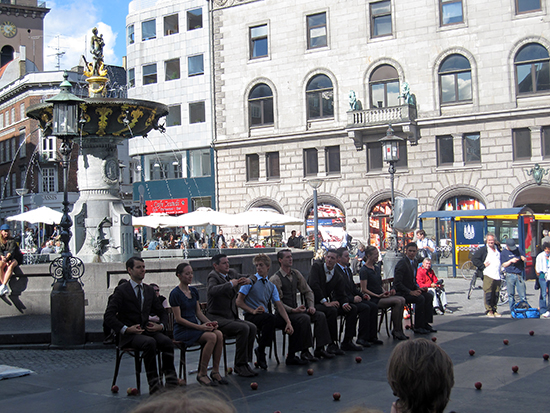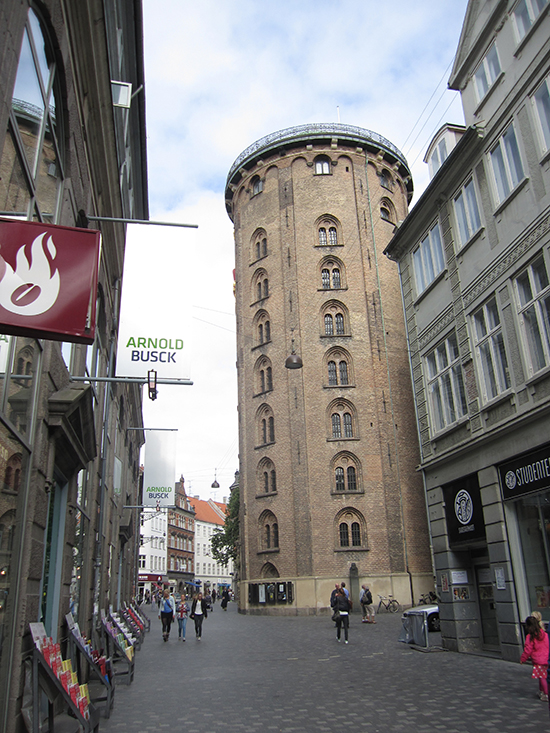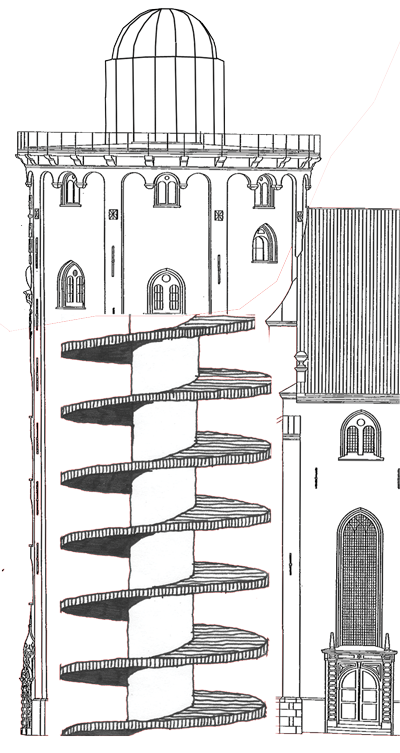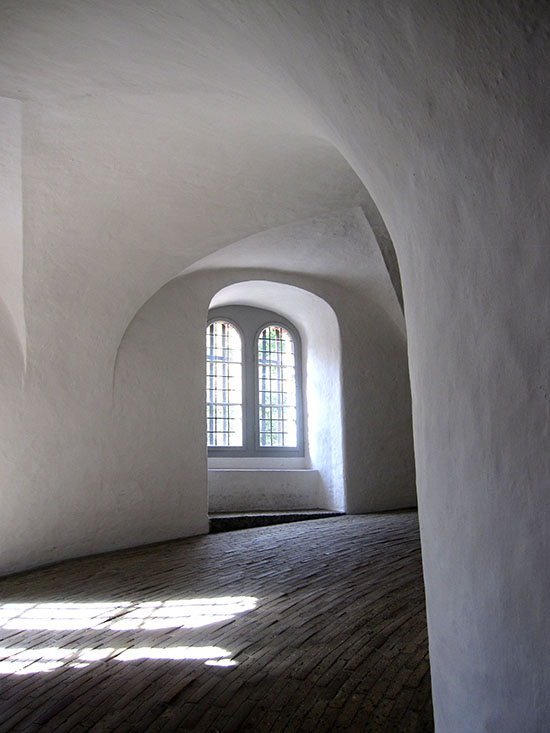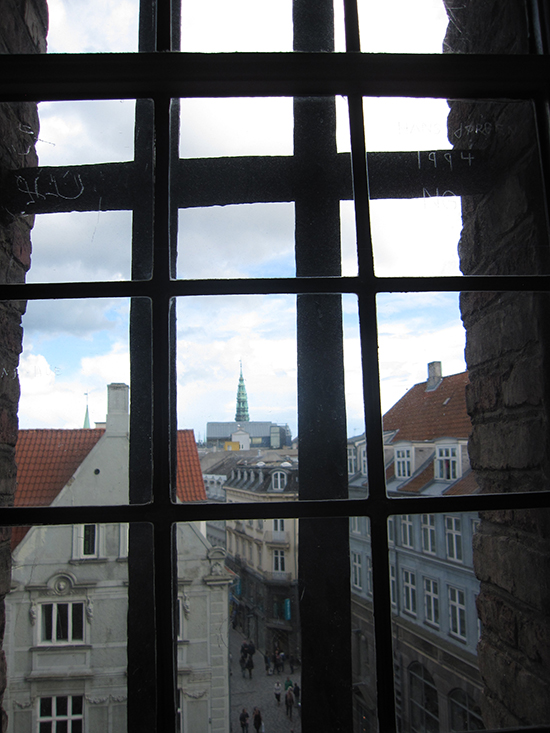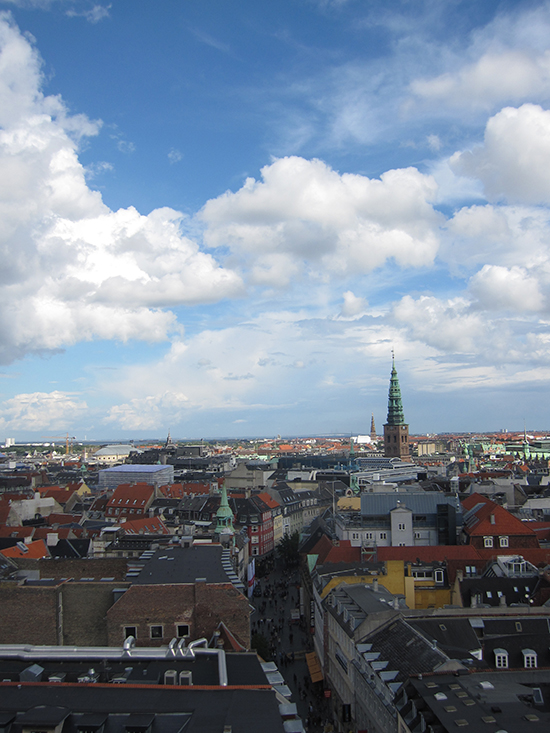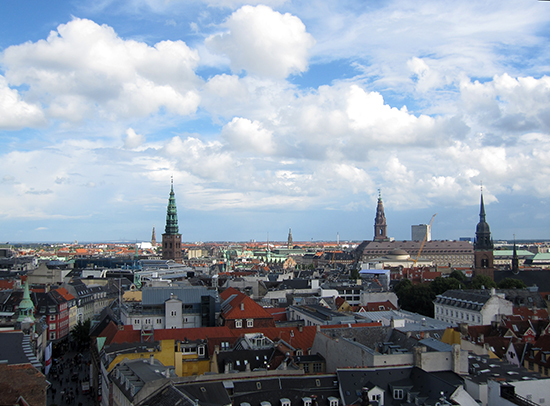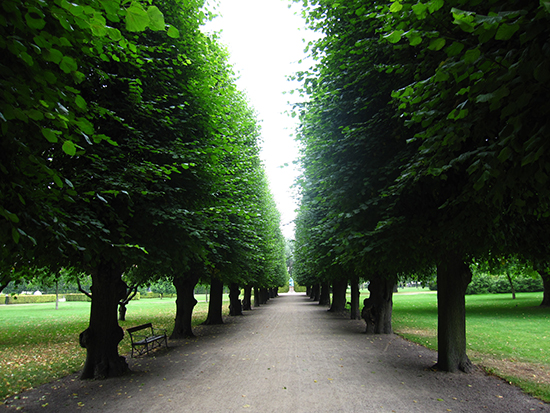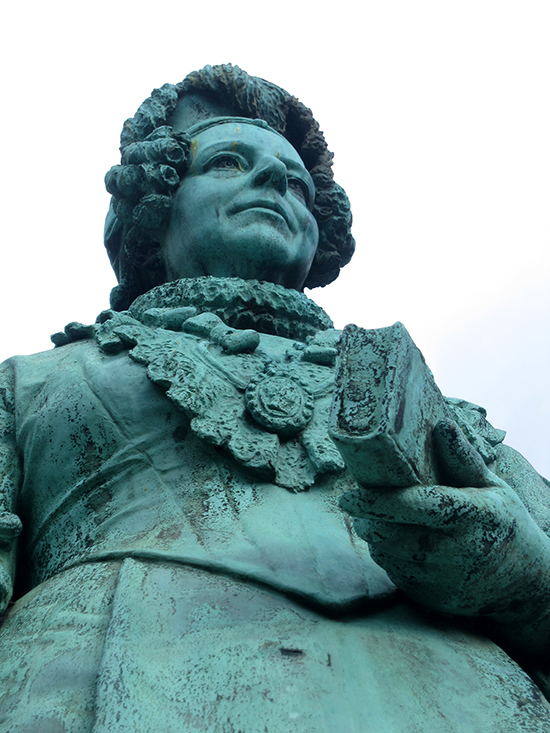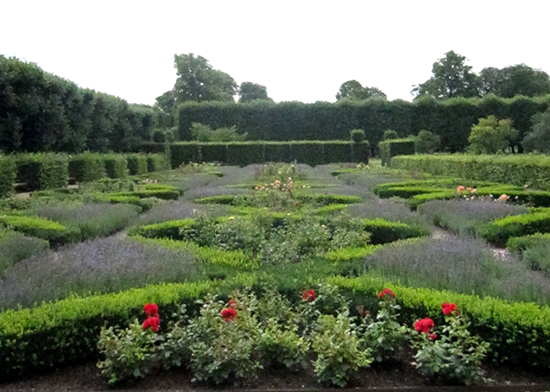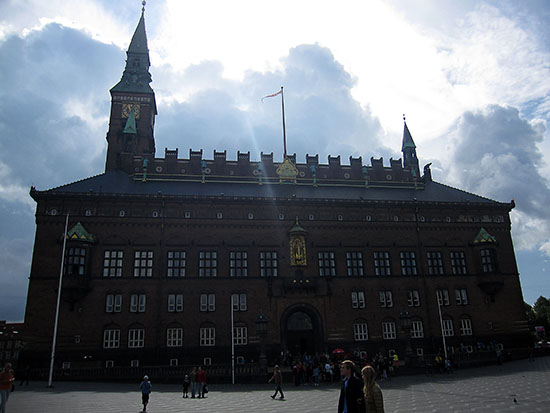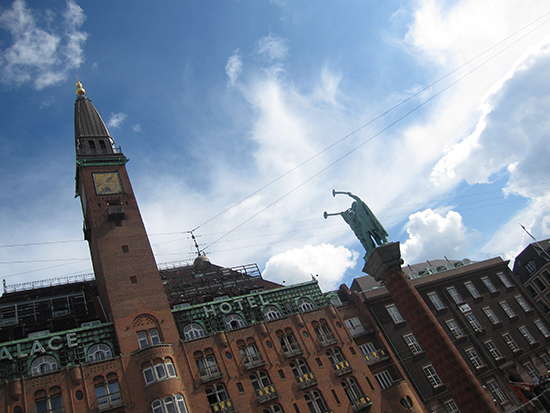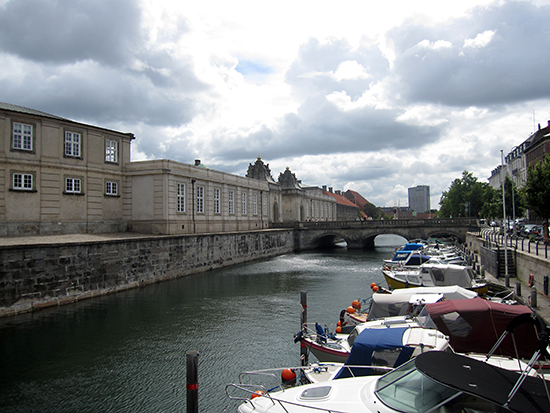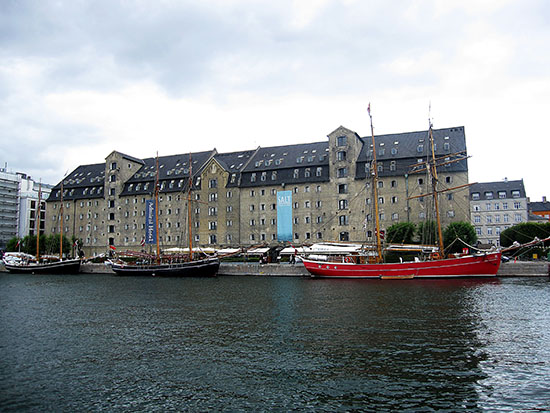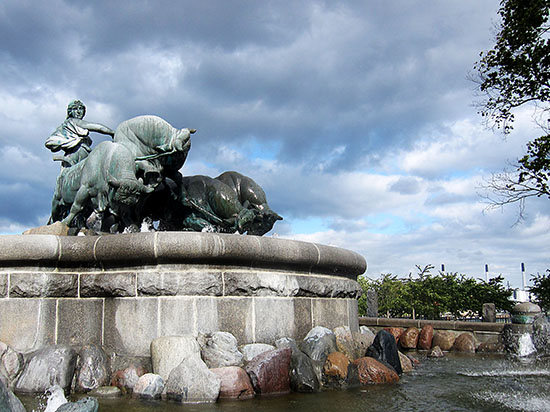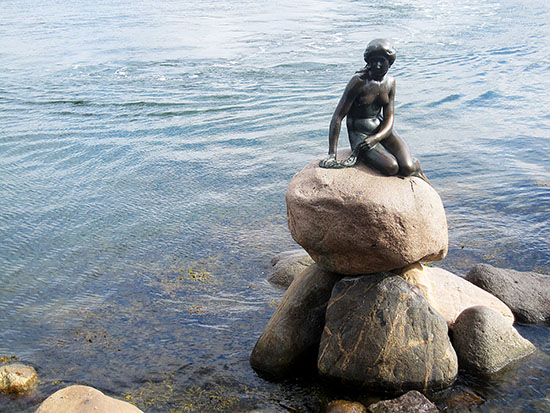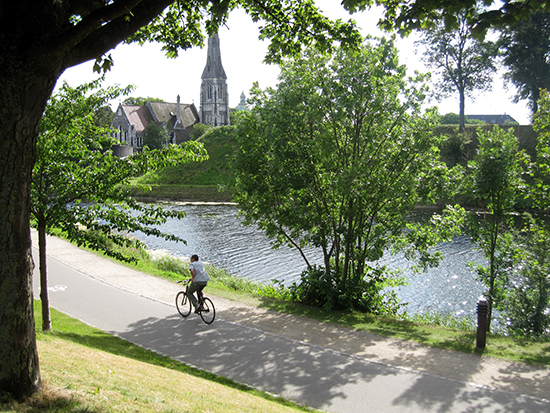Lasting impressions: Sweden & Copenhagen
August 22, 2012 • Hej Copenhagen, Hej Sweden, Travel • Comments
When I returned home from India I wrote a post about India’s lasting impressions on me which ended with a spiel on gratitude. At the time, I wrote that the subject was mandatory for anyone who travels this great continent; it can’t be visited without raising all manner of gratefulness for the experience as well as for home.
On the flight back to Sydney from my recent travels I realised that pretty much all travel triggers a sense of appreciation, particularly felt in that last half hour before you land back on home soil, when you’re hanging on to the last moments of your journey before returning back to normal routine. And you usually do come home committed to keeping up new-found pleasures or habits. So I think this impressions post should become a post-travel tradition.
Four months in India is different to four weeks in Sweden and Denmark, but there’s certainly plenty to write about.
From the Away:
För Fan! I’m a not a big swearer, I’m more of a retro exclaimer; far out! holy moly! what the! But sometimes you do need something a bit more hardcore. Amongst the many Swedish swear words I learnt, this one is my favourite. I like the way it sounds, I like that it starts with F so you can start out hardcore (“Fffff…’) and quickly swerve into foreign hardcore which is less likely to cause notice (and offense) to the people around you. It’s a good one to have on hand, I use it quite a bit now. You can use Google Translate to work out what it means.
Simple food. It’s a fact that most people eat 10% of the same kind of food 90% of the time (this is not a certified fact, I read something like it once and have settled on my own statistics). So when you visit somewhere new it is refreshing to try new cuisine and new food combinations. When you stay with friends you get to adopt their food routine, and I quite liked the experience in Sweden. My favourite thing was having fresh bread with thin slices of cucumber and cheese (that you slice off a big wedge at the table with a fancy cheese slicer tool that I bought and am still trying to figure out how to use) for breakfast. I never would eat this for breakfast at home, I’m a muesli with fresh fruit and yoghurt or a breakfast smoothie kind of breakfaster – yes I usually start the day on a sweet note. But I really liked this morning change, I’m going to give it a go back home. I also liked the fresh, simple flavours we enjoyed in our Swedish summer dinnertimes. Lots of salmon and salad, shrimp in a yummy, light creamy dressing.
Beautiful homes. It seems every Scandinavian home could be put in the page of an IKEA catalogue or feature a home interior blog. Every home I went to was stylish, bright, airy and welcoming. It is the land of IKEA I know, but wow!
Unassuming natures. There’s a stereotype that Swedes are cool and reserved; that it can be hard to break the ice with them. I was lucky to be visiting friends so my introduction to people was always going to start out on a warm note. While I do agree that Swedes are more reserved than other cultures when getting to know new people, they are still friendly – I met so many lovely people there. I suppose it is the introvert in me, but I appreciate unassuming natures and the more organic approach to sussing someone out and taking it as it comes. I find dramatic and extroverted personalities draining, so I liked how getting to know people in Sweden was calmer and felt more genuine than in other places.
And for Home:
Hot summers. So in Australia, summers are hot. We go out for the day with bare legs and arms and do not think of bringing a cardigan, even if we are not coming home til after dark. Any day is a beach day (yes, even if raining you could comfortably go for a swim in the ocean and feel OK about it). It is a reliable heat, so you can make plans accordingly and never be caught out.
Cold and Flu tablets. Oh happy little boxes of pretty coloured pills. Take this colour in the daytime, take this colour in the night time and voila, back to good again in 2-3 days. Never will I stray from Australia without them again. Never.
Aussie cafés, lattes and brunch. Café visits easily make up 80% of my weekends’ highlights. The café loitering, latte drinking, brunch ritual in Sydney (and Melbourne and beyond) is really top notch here; surprisingly I’m yet to find the experience matched anywhere else in the world!
Aussie warmth and curiosity. Aussies are a naturally curious bunch. Extroverted and introverted types both approach meeting someone new with an open interest in getting to know them. While in Sweden, I would often find myself introduced to new people and the conversation would revert to common topics between the friends with no further expectation/reference to me until quite a while later. This was in part refreshing as it relieved the pressure of being the new person, but after a time it was also a bit alienating. In Australia, when someone new is introduced, particularly if they’re not a local, all interest and curiosity is on the new person. Where are you from, why are you here, have you done this, tell us about this… and so on. The conversation would not stray to topics that the new person is not included on for quite some time, and when it does there is a commentary provided to bring the new person up to speed. Aussies are warm and considerate hosts in this way; I wonder if it has something to do without our relative geographical isolation from other countries? I previously mentioned my appreciation for the unassuming nature of the Swedes, so this is not a dig at them, but rather a reminder to appreciate the warm nature of people at home (and of course both references are generalisations, there are variations in every culture).
I can’t wait to go back to both countries again – next time in Winter time, as I would love to experience a northern hemisphere Winter and Christmas and see the northern lights :-)


